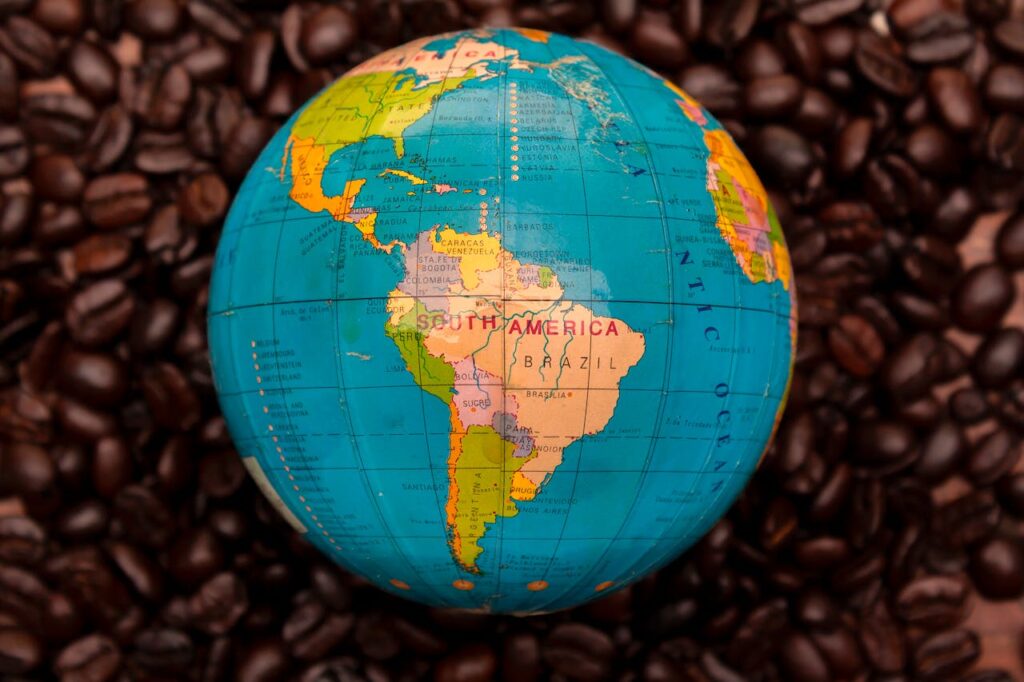Over the past few years, e-commerce has revolutionized the retail industry worldwide, and South America is no exception. This dynamic region has seen rapid and significant growth in marketplaces, driven by increasing adoption of digital technologies, greater internet penetration, and changing consumer habits.
1- Development of Marketplaces in South America
The rise of e-commerce in South America can be attributed to several factors. Firstly, the increased use of smartphones has allowed consumers to easily access e-commerce platforms, even in rural areas. Secondly, the growth of the middle class has led to an increase in consumption, further stimulating the e-commerce market.
Additionally, the COVID-19 pandemic played a crucial role in accelerating the digitization of commerce in South America. Lockdown measures and social distancing prompted more people to adopt online shopping, leading to an explosion in demand for e-commerce services.
However, despite the rapid growth of e-commerce in South America, the region faces challenges. For example, low banking penetration in some countries has limited the number of people who can make online transactions. However, innovation in online payment solutions is overcoming this challenge.
In summary, marketplaces in South America have experienced impressive growth in recent years, largely due to increased adoption of digital technology and evolving consumer habits. However, for this growth to continue, it will be essential to address existing challenges such as low banking penetration and limited internet access in some areas. This will require close cooperation between governments, private companies, and financial institutions to develop appropriate infrastructure and promote financial inclusion.
2- Challenges of Marketplaces: More Efforts Needed
Despite the potential for massive expansion in South America, the marketplace builders and the creation of marketplaces faces numerous challenges in the region. The first challenge is the lack of adequate logistical infrastructure. Logistics is key to the success of e-commerce, as it ensures that products ordered by customers reach them on time and in good condition. However, South America suffers from a lack of reliable and efficient transport infrastructure, which hinders the ability of marketplaces to deliver their products quickly and safely.
Secondly, limited internet access and low penetration of digital devices are also major problems. Although internet usage is steadily growing in the region, many rural and low-income areas still lack reliable internet access. This significantly limits the number of people who can participate in the e-commerce economy.
Furthermore, there is a general lack of trust in e-commerce. Due to online fraud and a lack of regulation and consumer protection, many South American consumers are reluctant to make online purchases. This requires concerted efforts to strengthen online security and establish robust regulations to protect consumers.
Another challenge lies in the linguistic and cultural diversity of the region. South America is a mosaic of different cultures and languages, and e-commerce companies must adapt their content and marketing to meet the specific needs of each group.
Finally, there is the payment problem. Many people in South America do not have access to formal banking services. This makes online transactions complicated. To overcome this challenge, alternative payment solutions are necessary. Notably, mobile wallets and cash-on-delivery payments are needed.
3- The Best Marketplaces in South America: MercadoLibre the Giant
Argentinians Stelleo Passos Tolda, Marcos Galperin, and Hernán J. Kazah created a marketplace, MercadoLibre, the leading e-commerce site in Latin America. Founded in 1997, it is now present in several countries such as Argentina, Brazil, Chile, Colombia, Costa Rica, and Portugal. Currently, MercadoLibre has over 121 million registered users, and more than 28% of Latin American internet users access the site each month.
The site allows merchants to sell a variety of products, including household appliances, gardening tools, art objects, sports equipment, and many other everyday essentials. Over 155,000 e-merchants manage to make a living from selling on the platform. Considering the transaction flow that takes place each year, MercadoLibre ranks sixth after Alibaba, Amazon, JD, Rakuten, and eBay.
To conquer the American market, the startup launched MercadoEnvios, specializing in the distribution of products sold on the main platform. This is a logistics solution they developed to facilitate the shipping of items across different South American countries. Over 54.3 million products have already been distributed thanks to MercadoEnvios, and users are satisfied with this fast delivery system. To go further in their expansion, they also developed MercadoClicks, which is responsible for marketing and promotion for e-merchants.
Besides this e-commerce giant, we can mention OLX, a classifieds site operating in countries such as Argentina, Brazil, Colombia, Peru, and Venezuela. Users can sell and buy a wide range of products, including real estate, cars, furniture, and electronics. B2W is also one of the largest e-commerce companies in Brazil, owning brands such as Americanas.com and Submarino. These platforms offer a wide variety of products, from electronics to fashion. Linio is also an e-commerce company operating in several Latin American countries, including Mexico, Chile, Colombia, and Peru. It offers a wide range of products in many categories.


